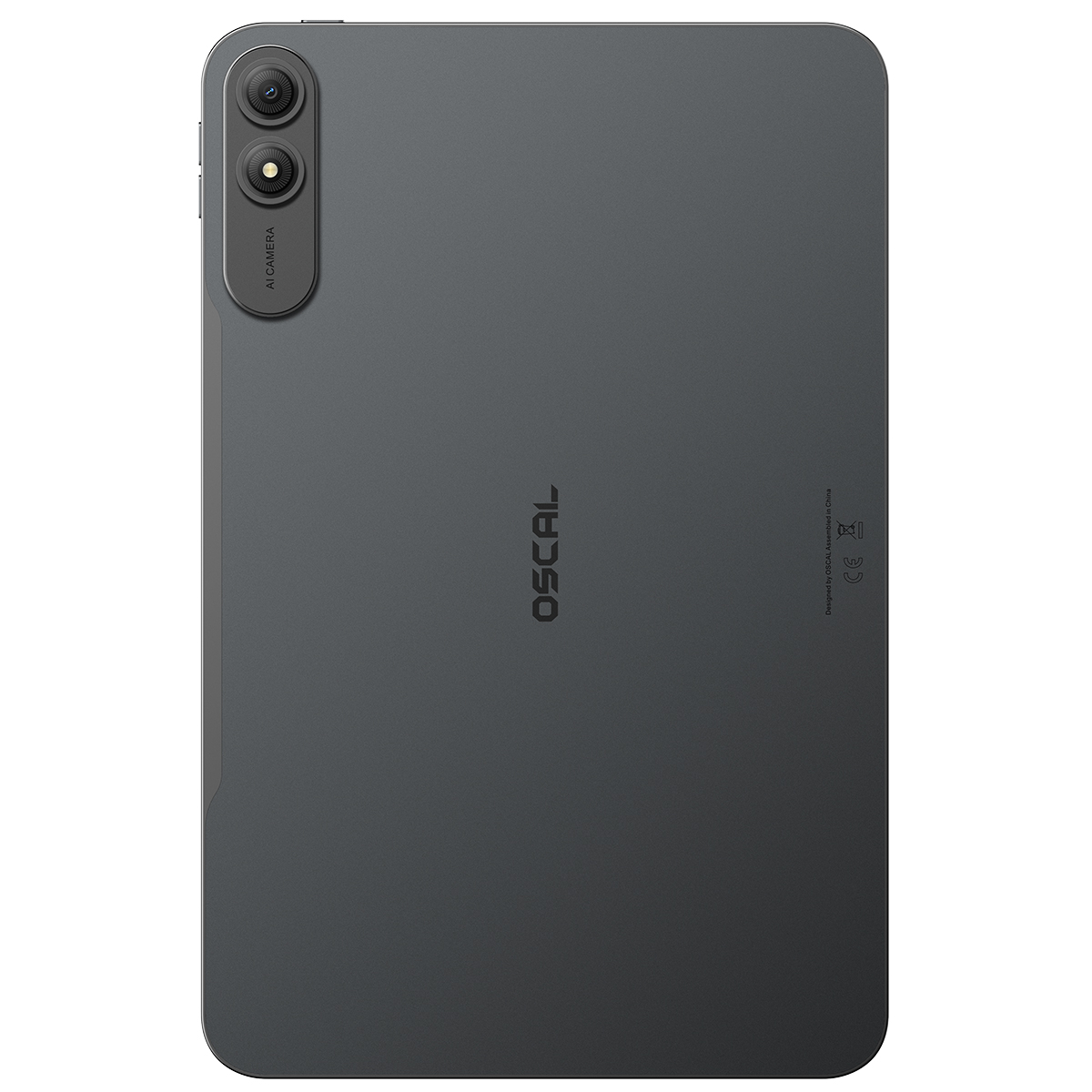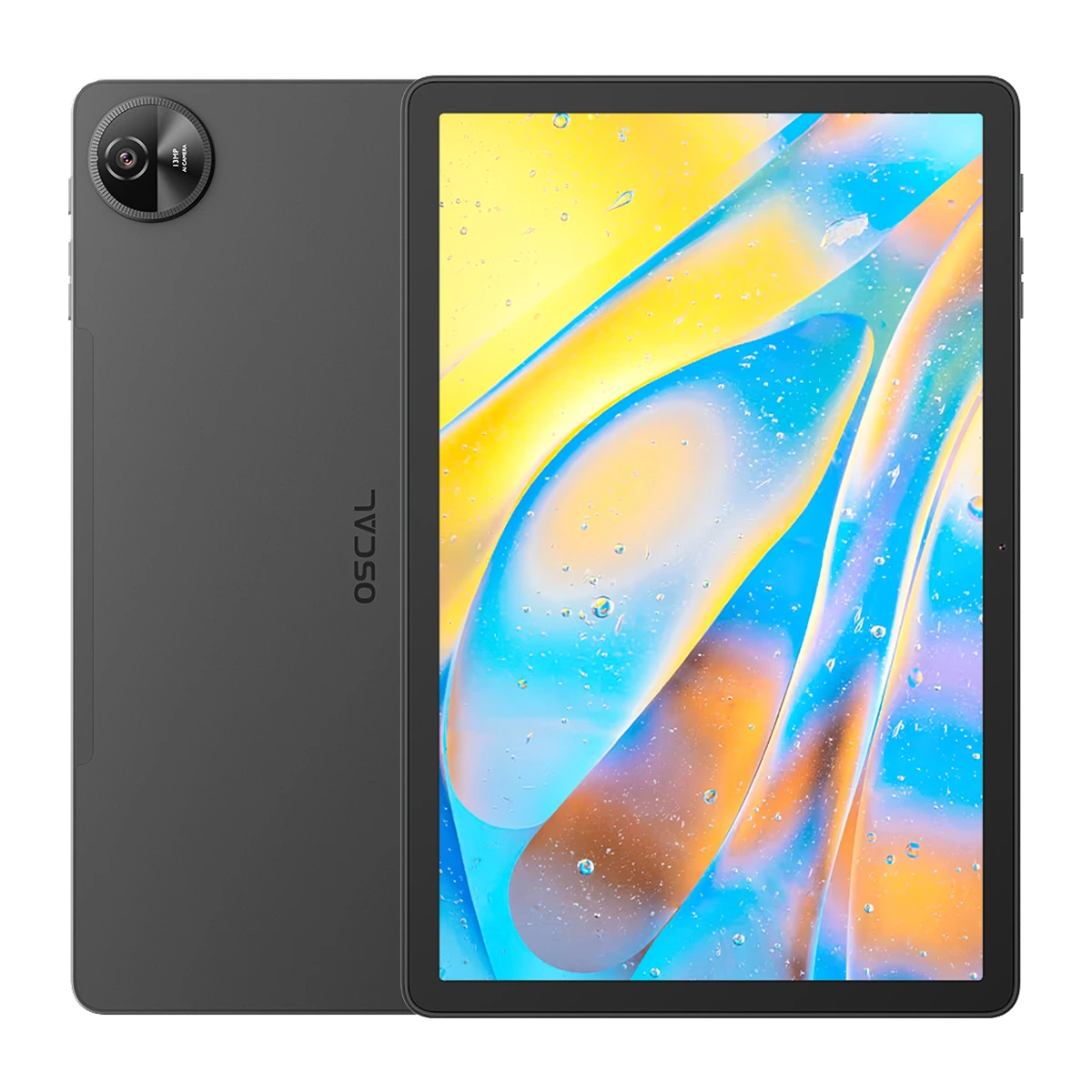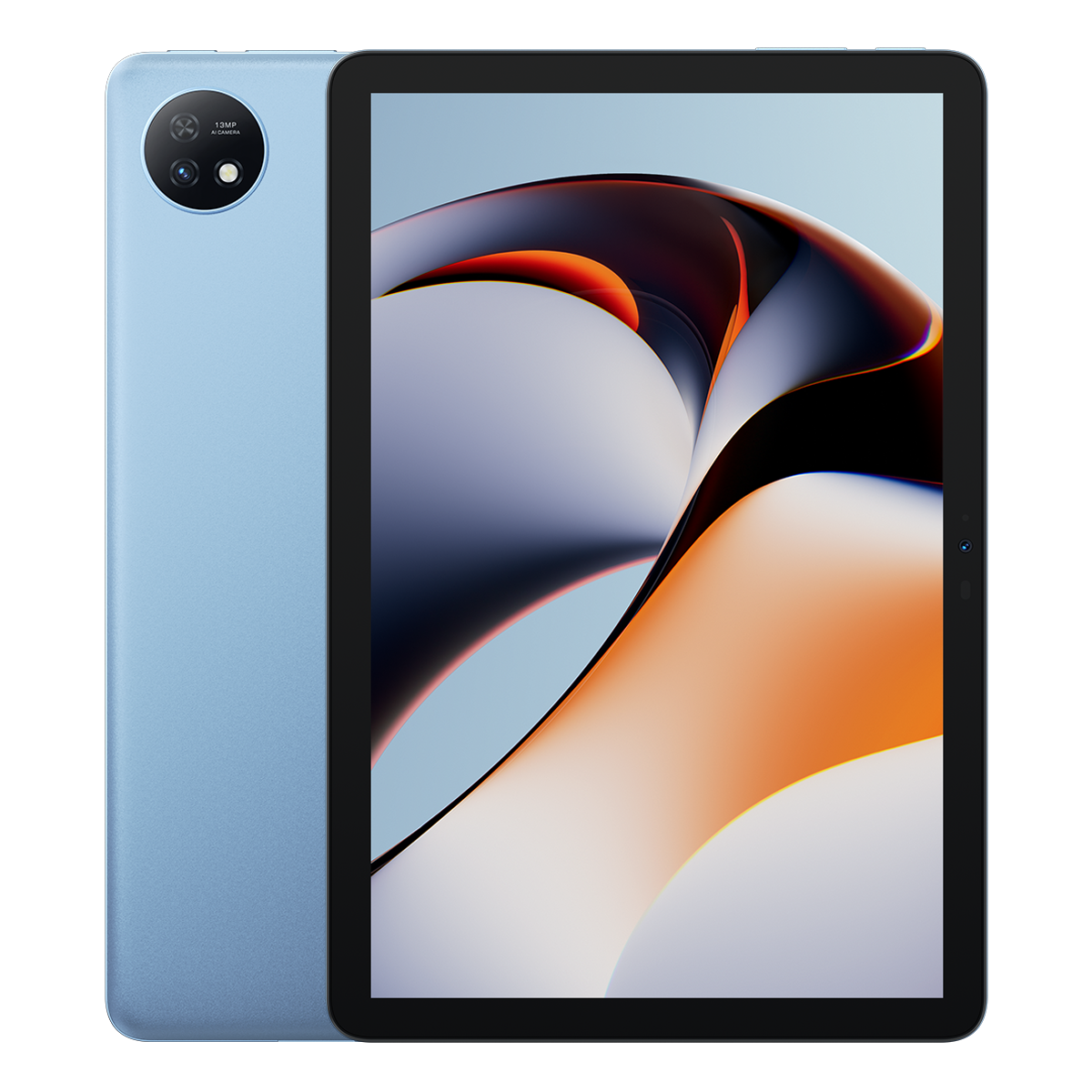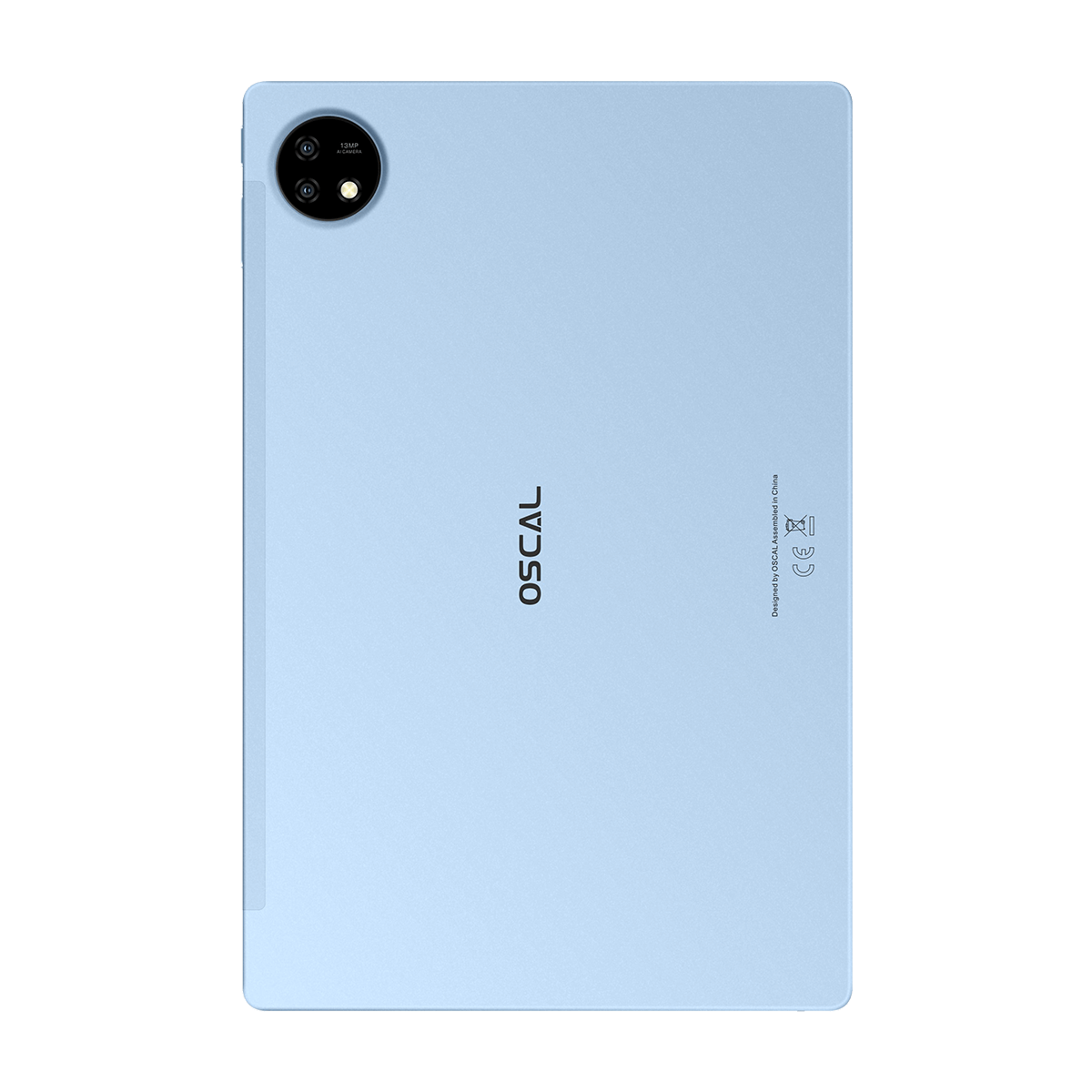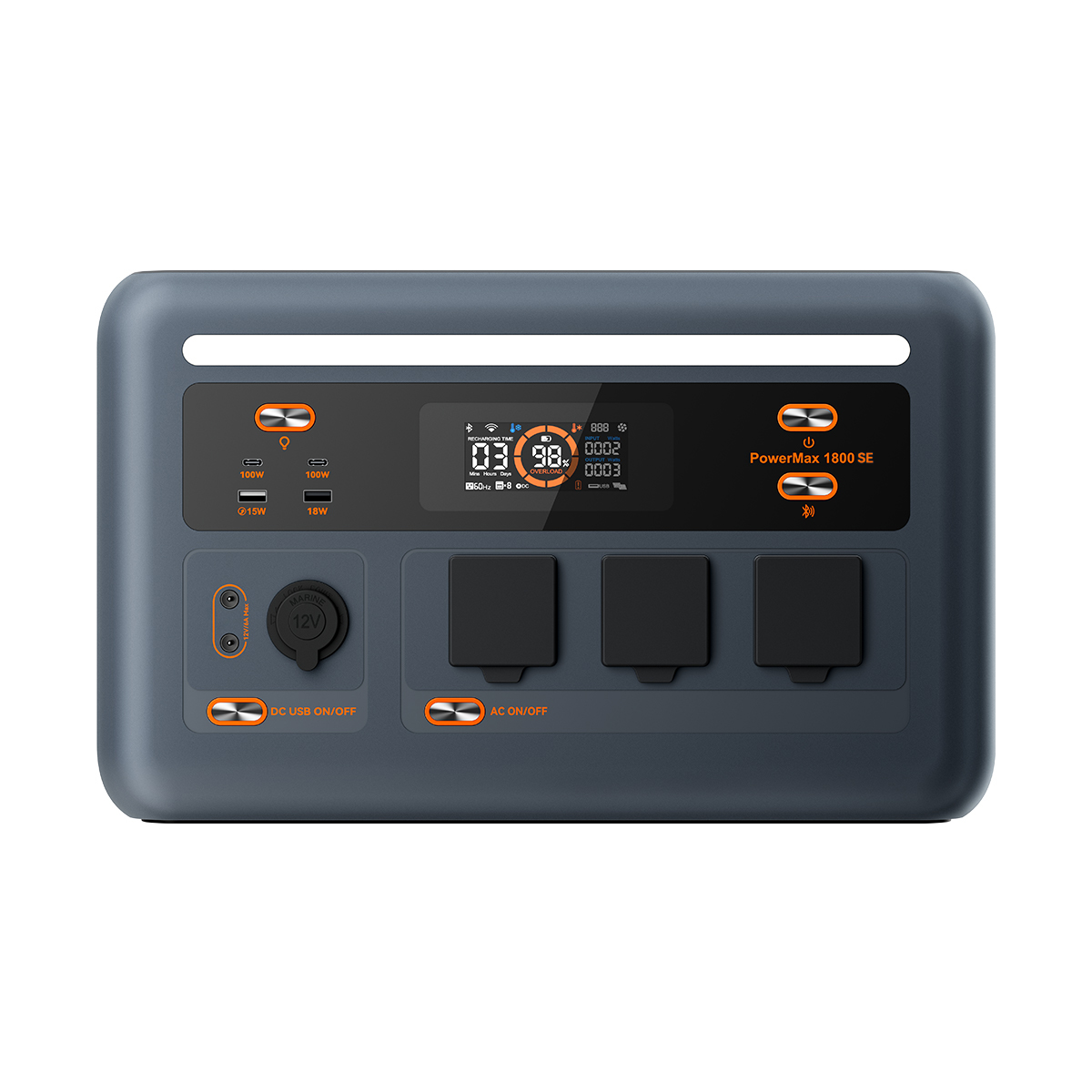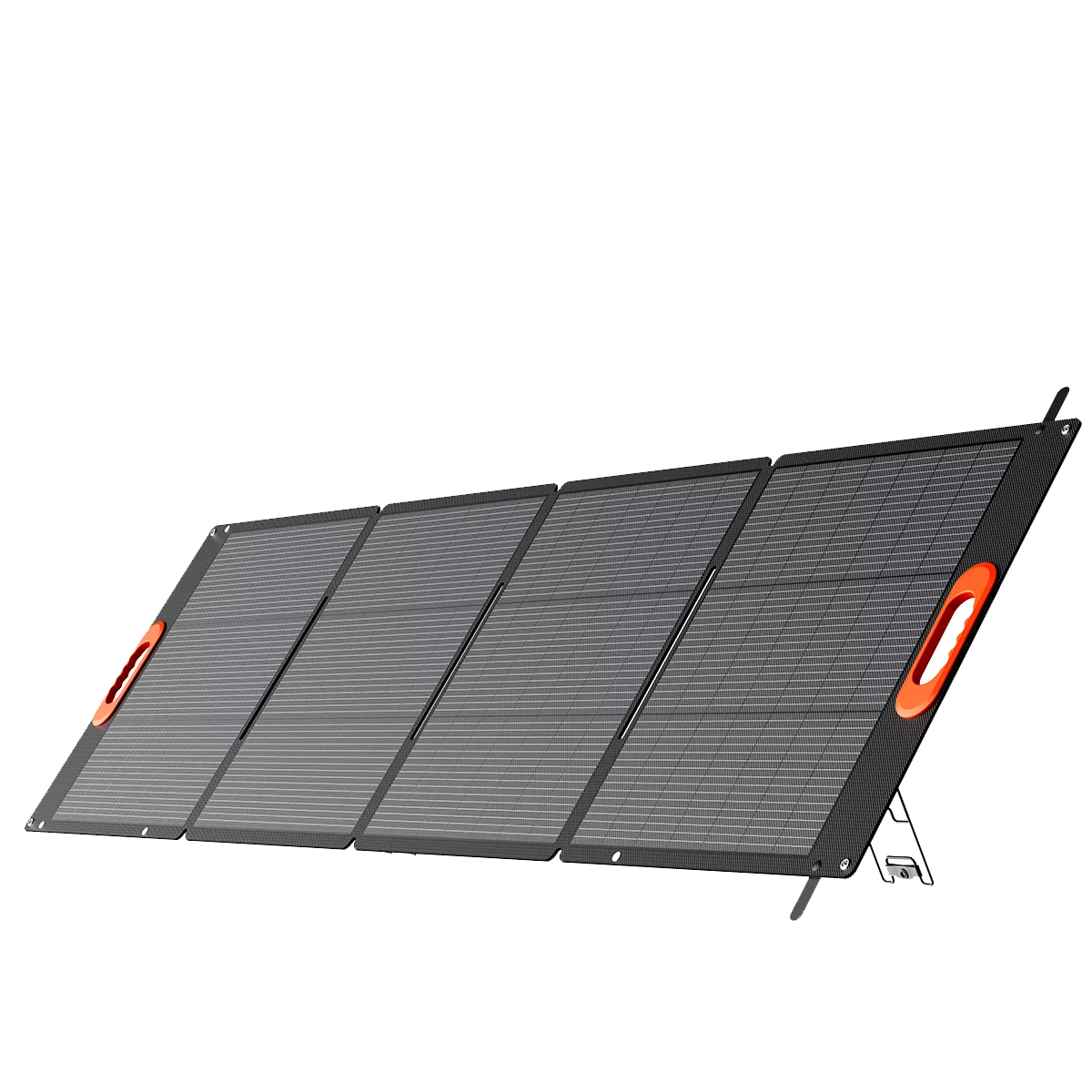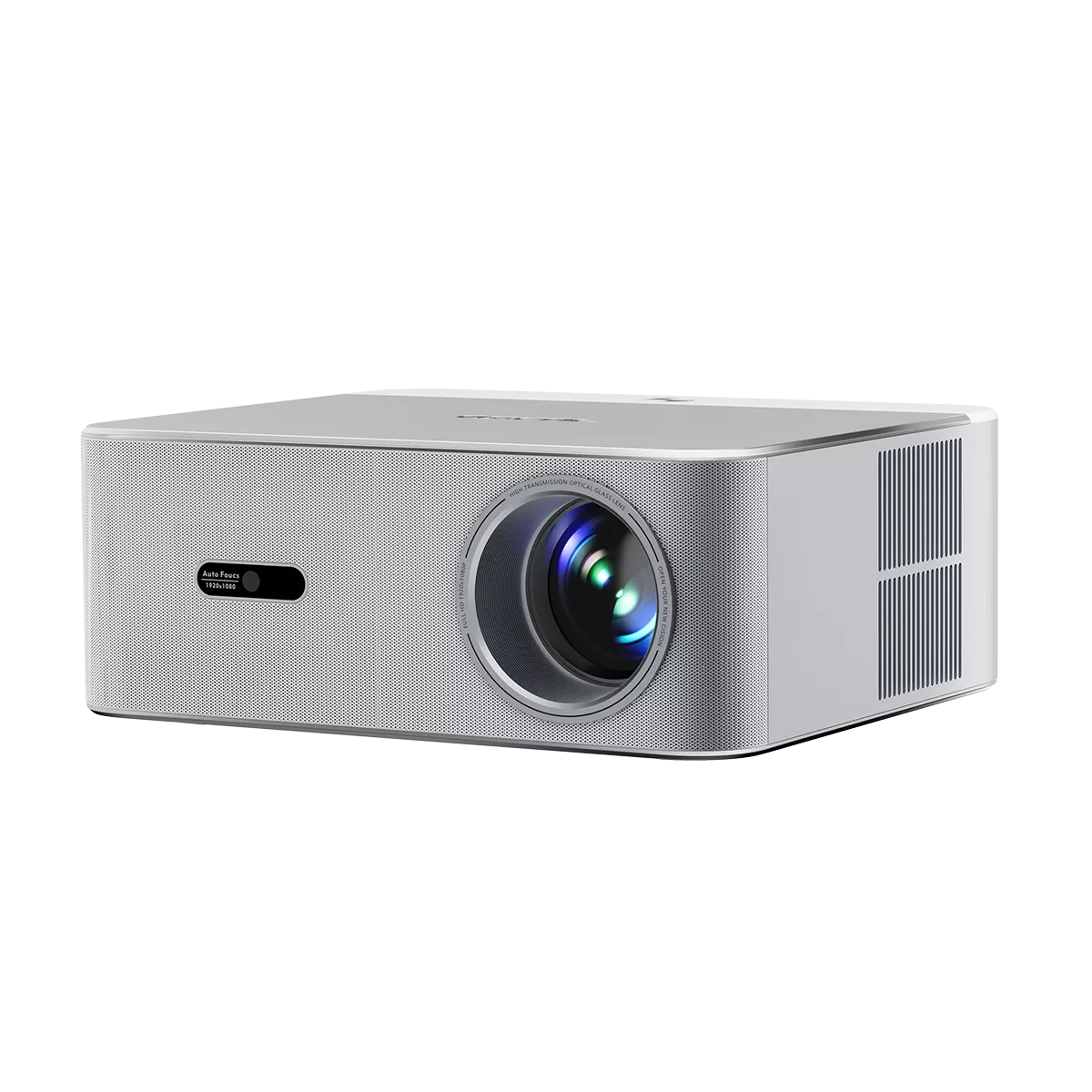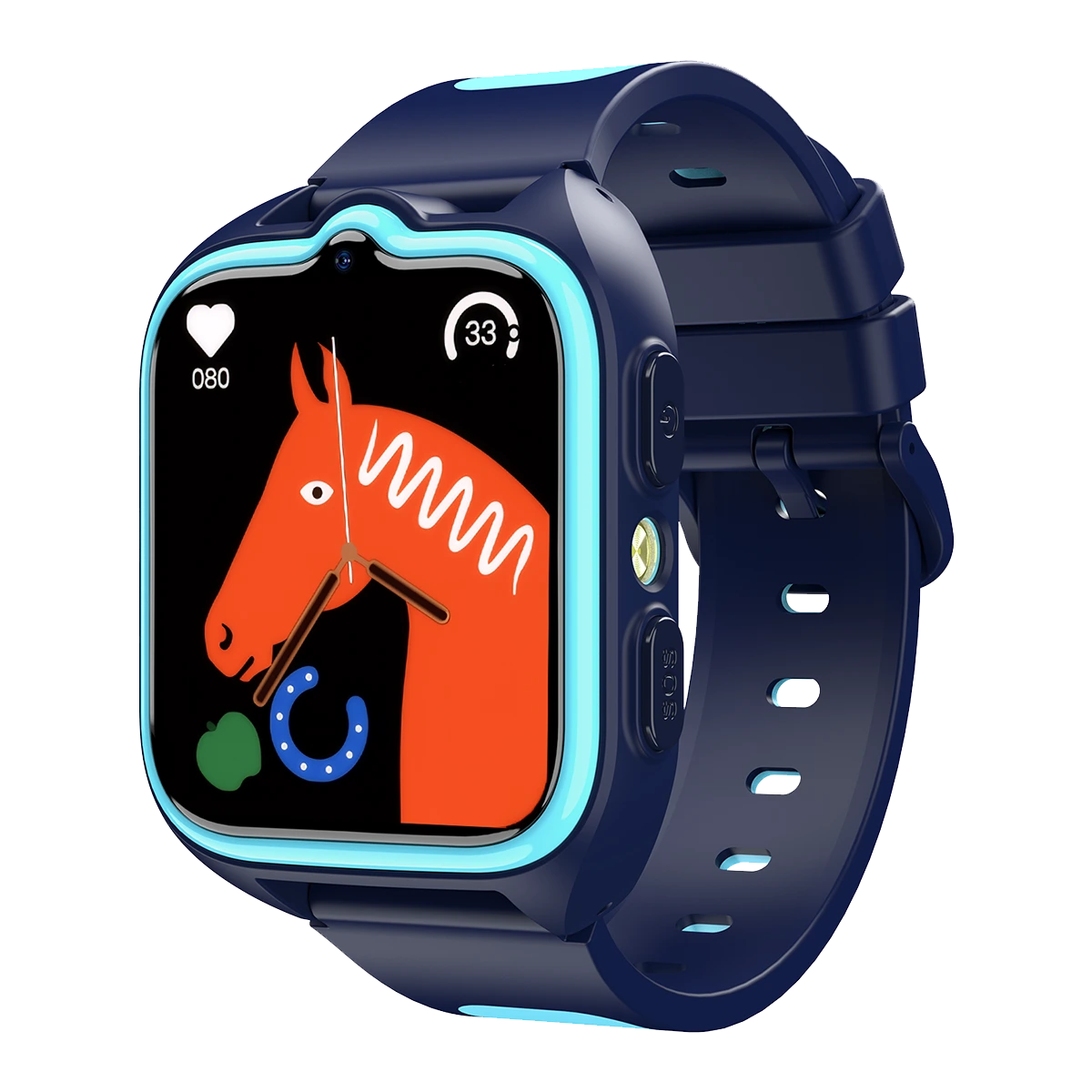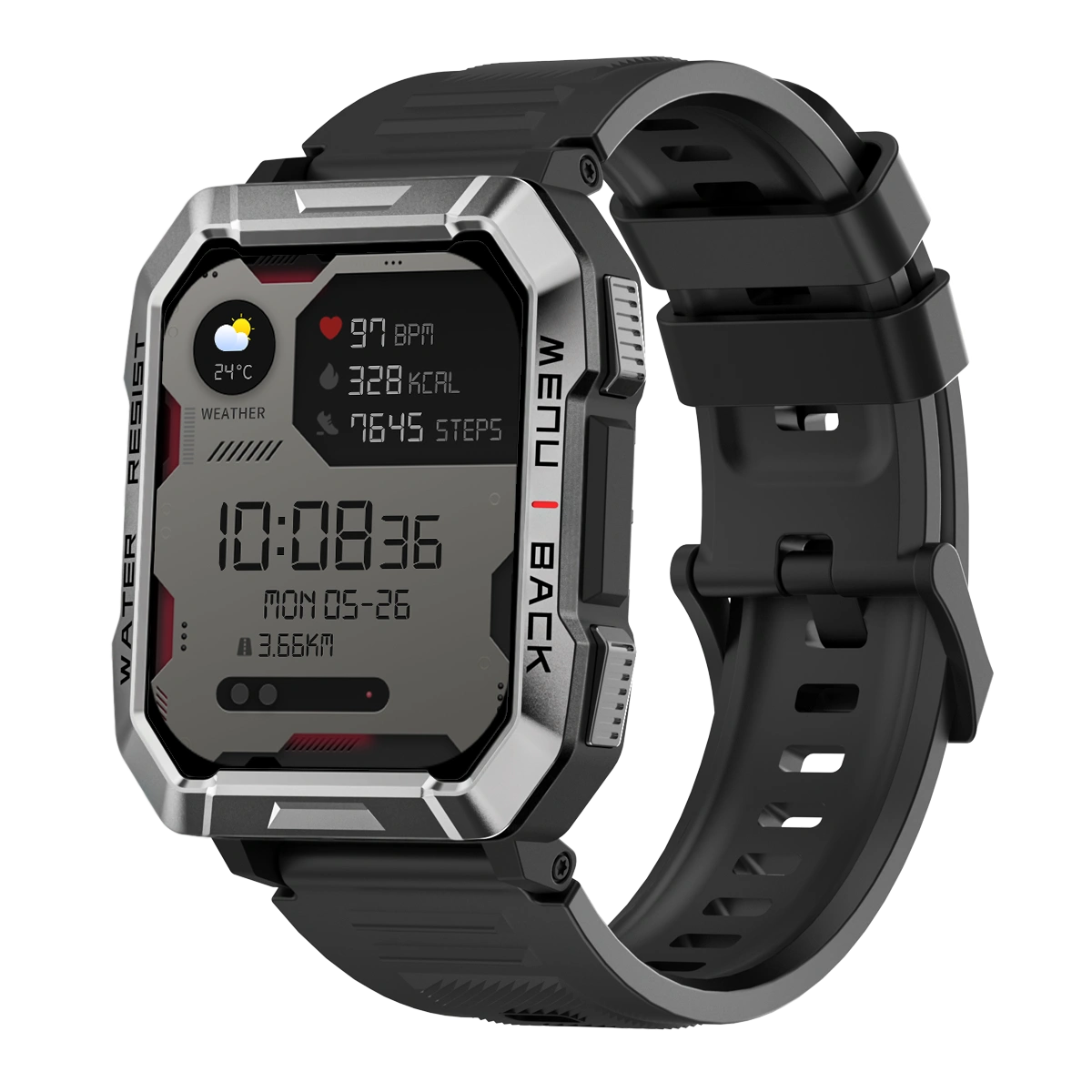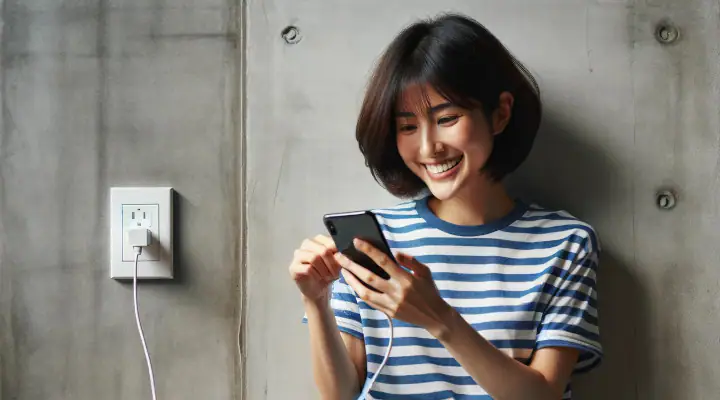Welcome to OSCAL (Well-known brand of rugged smartphone, tablet, and portable power station) blog. Hope this guide has been helpful.
With the rapid advancement of fast-charging technology, many smartphone users wonder whether they can use a 120W charger on a phone that supports only 33W charging. This question is crucial because using an incompatible charger could potentially damage the device or reduce battery lifespan.
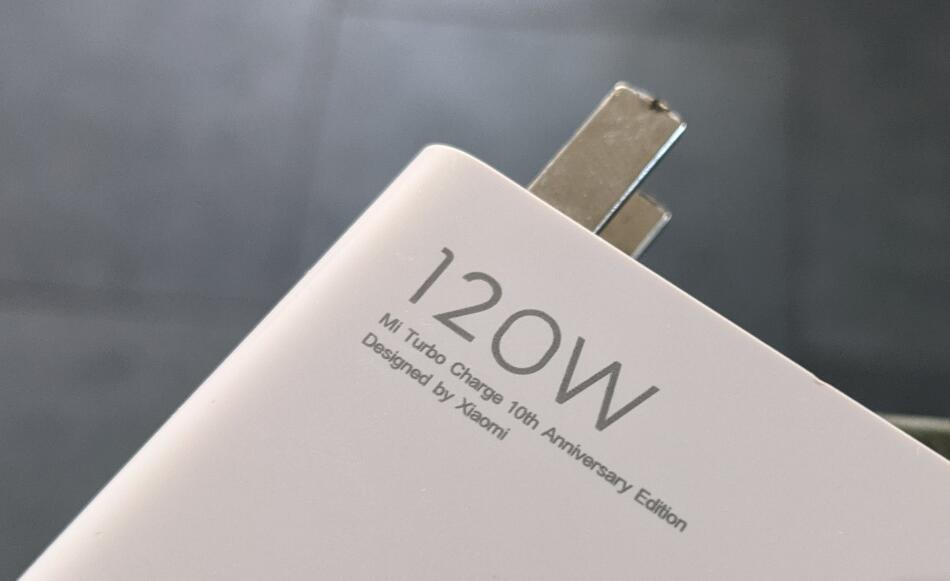
- Related guide: Can you use the phone while charging?
Modern smartphones and chargers are designed with intelligent power management, but there are still factors to consider before plugging in a high-power adapter. This guide explores the technical aspects, risks, and best practices when using a 120W charger on a 33W phone.
Understanding how charging protocols work can help users make informed decisions and avoid unnecessary risks. Let's dive deeper into the compatibility, safety mechanisms, and potential long-term effects.
How Charging Works: Voltage, Amperage, and Wattage
Charging speed depends on three key factors:
- Voltage (V): The electrical pressure supplied by the charger.
- Current (Amperage - A): The flow of electricity to the device.
- Wattage (W): The total power output (Voltage × Current).
A 33W phone is optimized to handle up to 33 watts of power, while a 120W charger can theoretically deliver much more. However, most modern chargers and smartphones negotiate the correct power delivery (PD) to prevent overcharging.
Compatibility: Will a 120W Charger Work on a 33W Phone?
Yes, you can use a 120W charger for a 33W phone, but with important considerations:
- Smart Charging Protocols: USB Power Delivery (PD) and Qualcomm Quick Charge (QC) allow devices to communicate and agree on a safe charging speed.
- No Overcharging Risk: The phone will only draw the maximum power it supports (33W in this case).
- No Damage to Battery: As long as the charger follows standard protocols, the battery won't be harmed.
However, using a low-quality or uncertified 120W charger without proper regulation could pose risks like overheating or inconsistent power delivery.
Potential Risks and Long-Term Effects
While using a higher-wattage charger is generally safe, there are some concerns:
- Heat Generation: Faster charging (even at 33W) can increase battery temperature, which may degrade battery health over time.
- Non-Standard Chargers: Cheap or counterfeit chargers may not follow USB-PD protocols, leading to unstable power output.
- Battery Lifespan: Frequent fast charging can slightly reduce battery longevity compared to slower charging.
To minimize risks, always use certified chargers from reputable brands.
Best Practices for Safe Charging
To ensure optimal performance and battery health, follow these tips:
- Use OEM or Certified Chargers: Stick to the manufacturer's recommended charger or a trusted third-party brand.
- Avoid Extreme Temperatures: Charging in very hot or cold conditions can harm the battery.
- Unplug at Full Charge: Keeping the phone plugged in after 100% can cause unnecessary stress.
Conclusion
In summary, using a 120W charger on a 33W phone is generally safe due to smart charging protocols that regulate power delivery. The phone will only draw the power it needs, preventing damage or overheating. However, using a high-quality, certified charger is essential to avoid potential risks.
While fast charging is convenient, balancing speed with battery longevity is key. By following best practices, users can enjoy fast charging without compromising their device's lifespan.



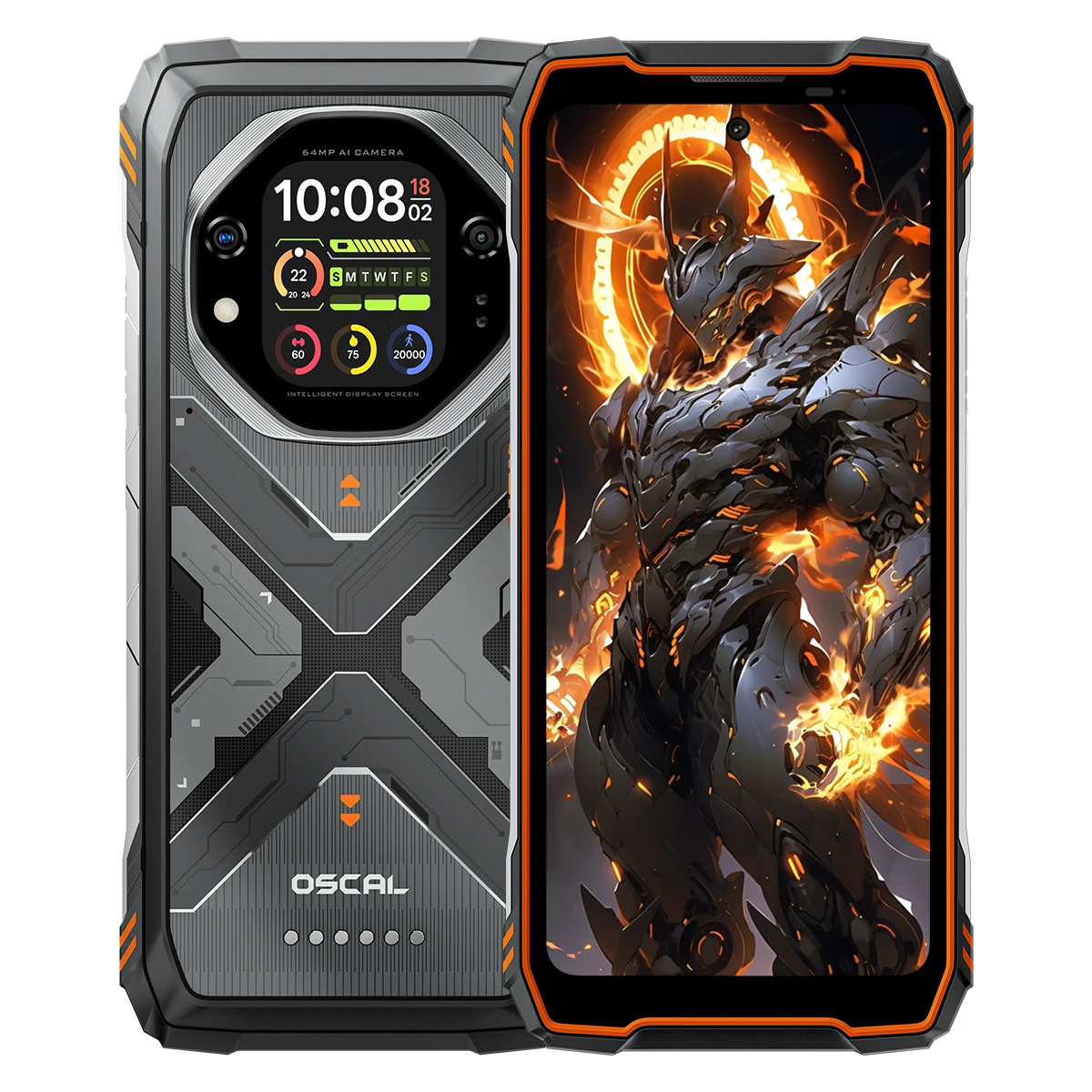
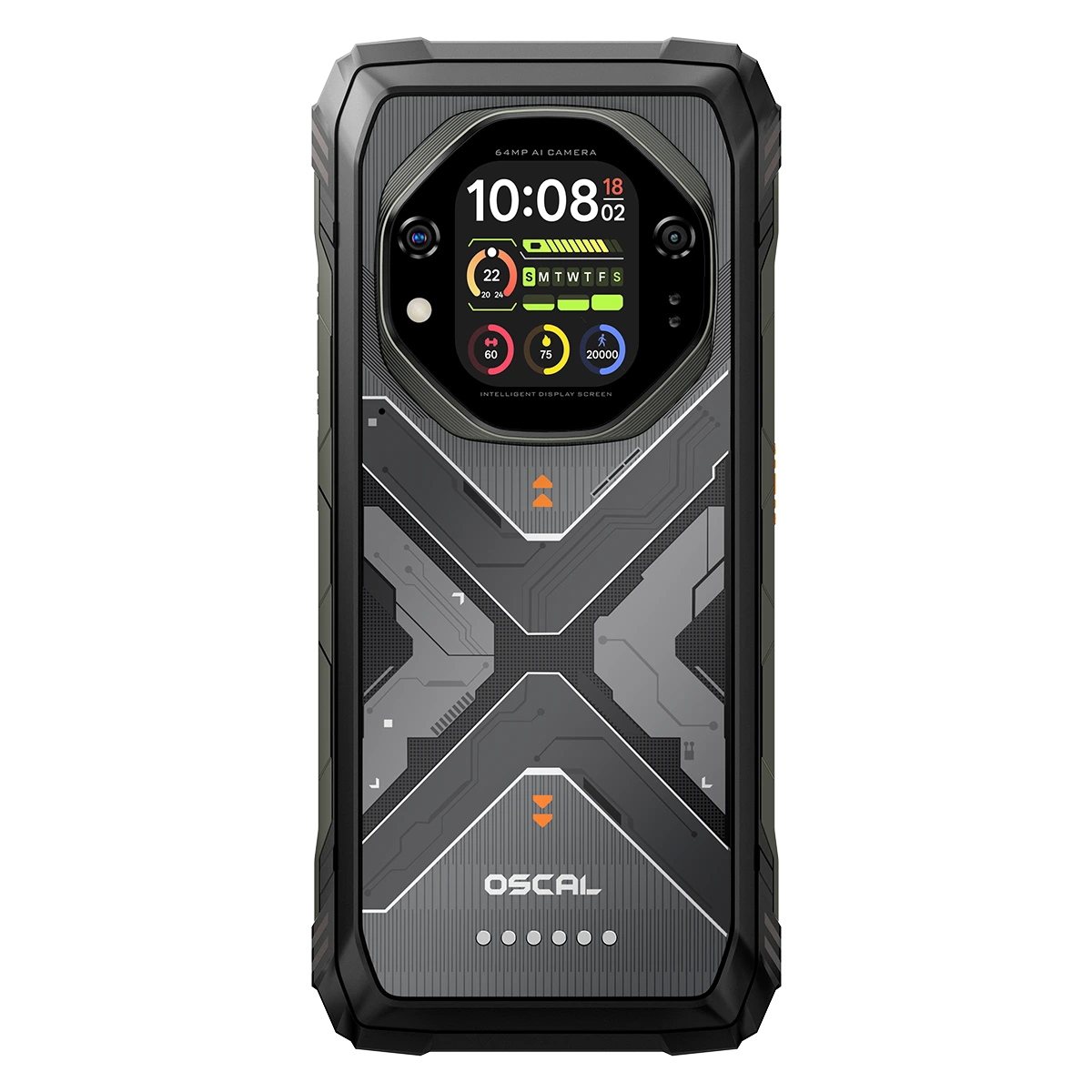











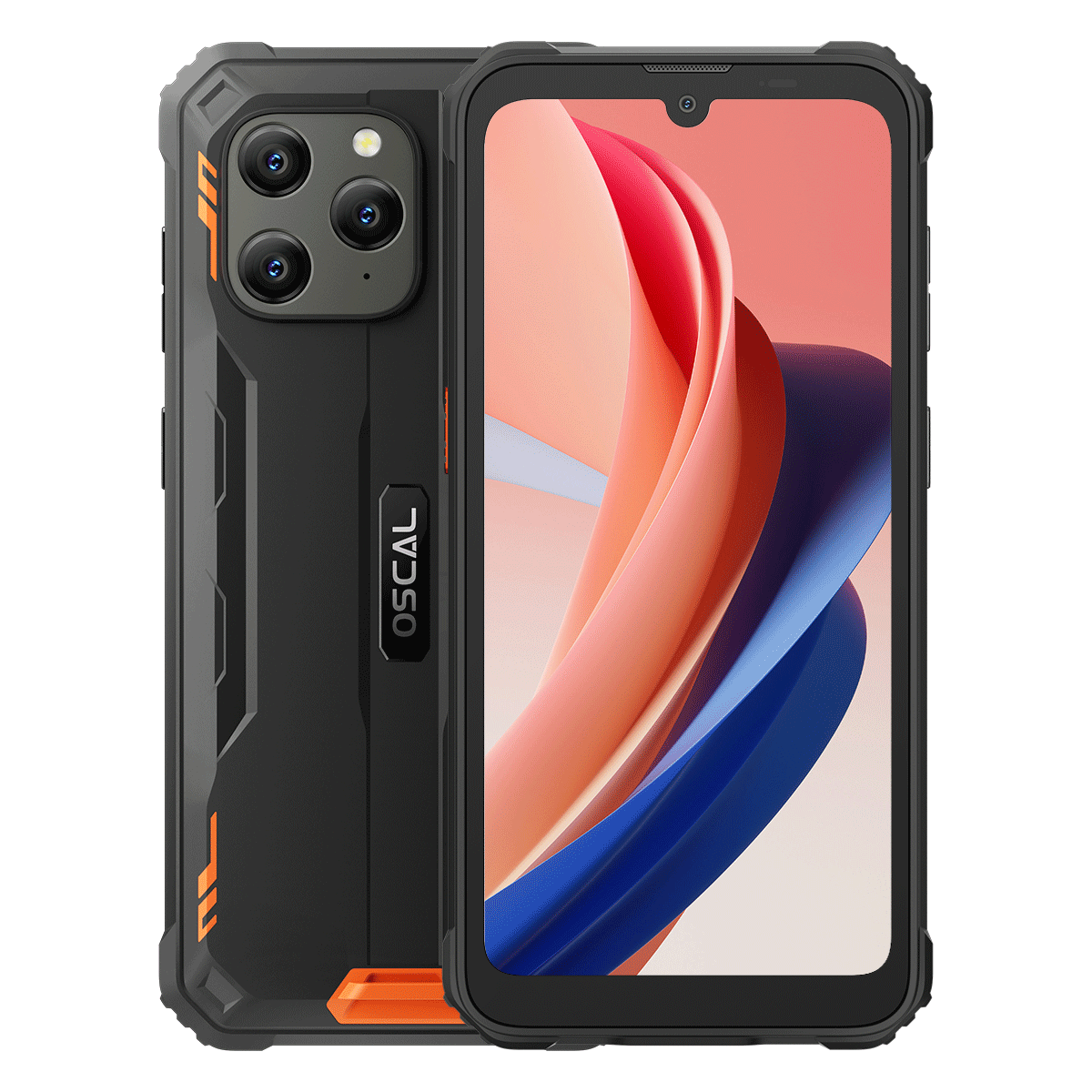

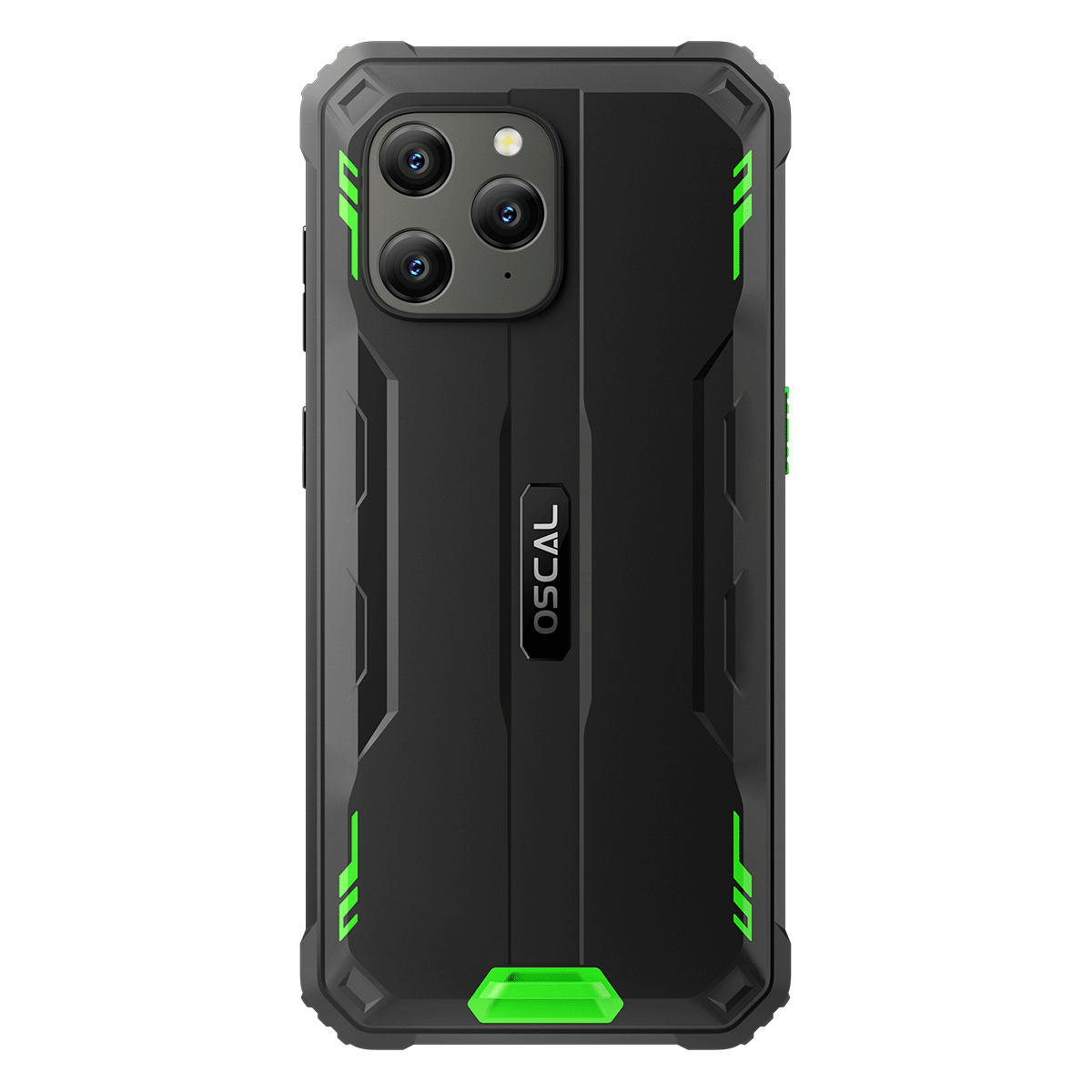












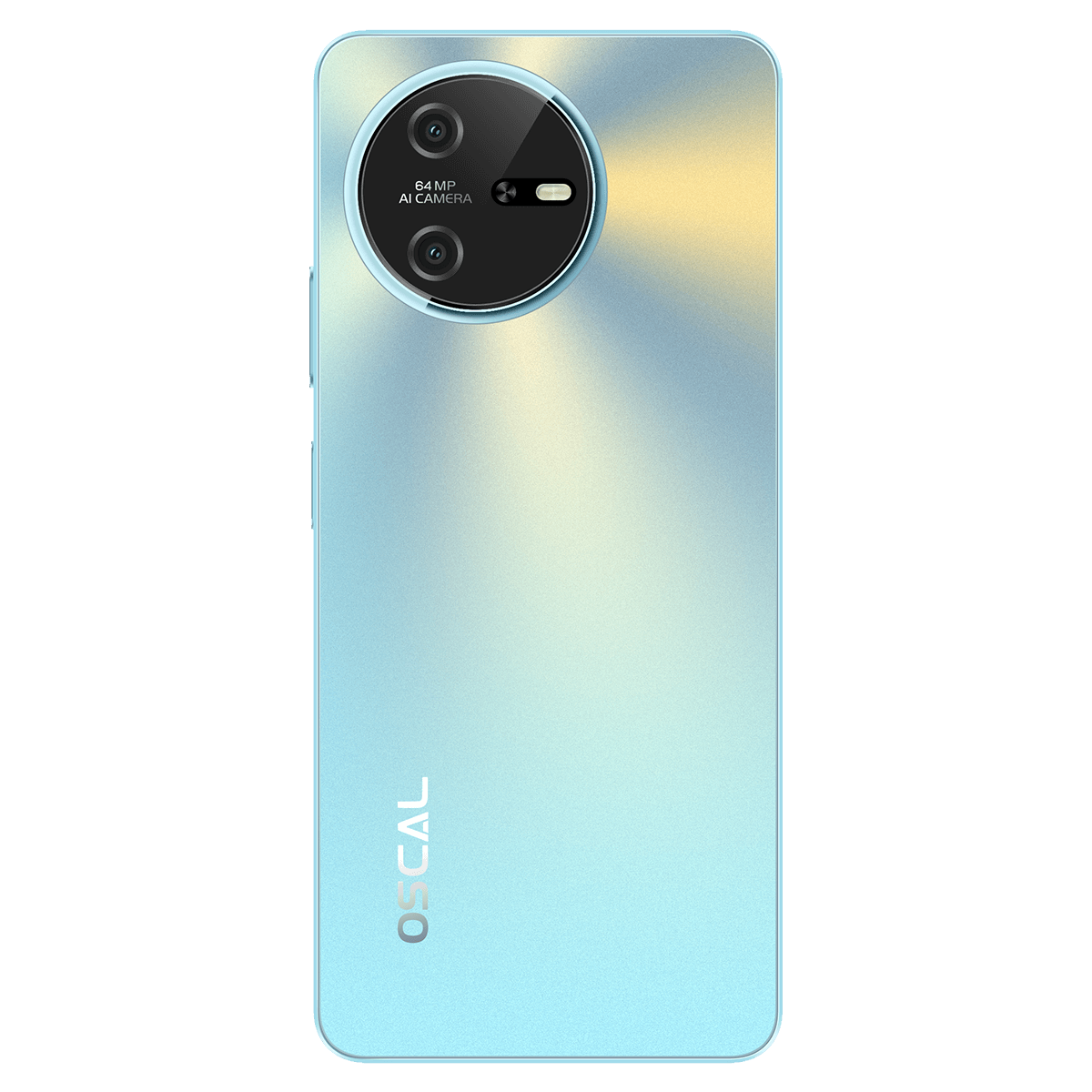
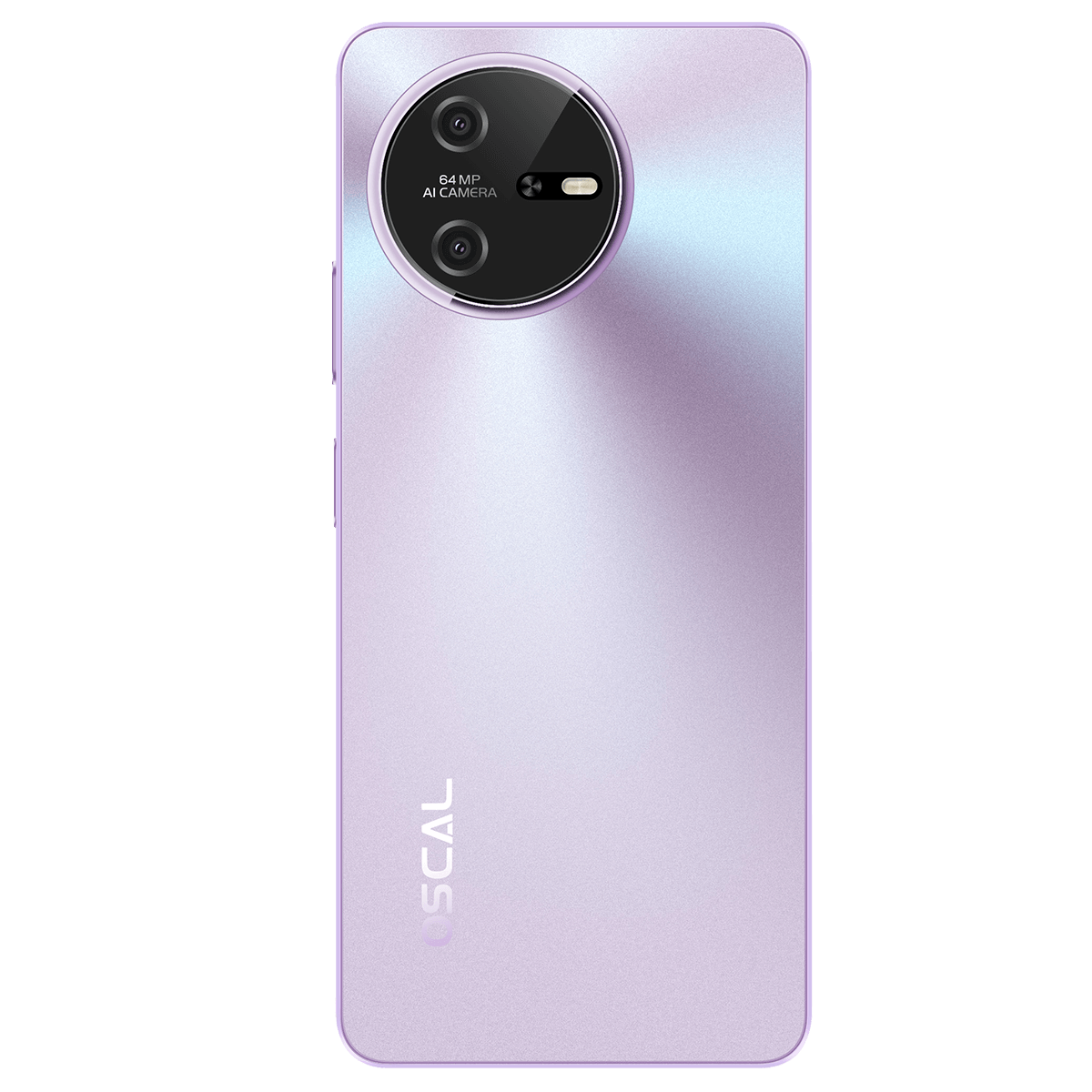
























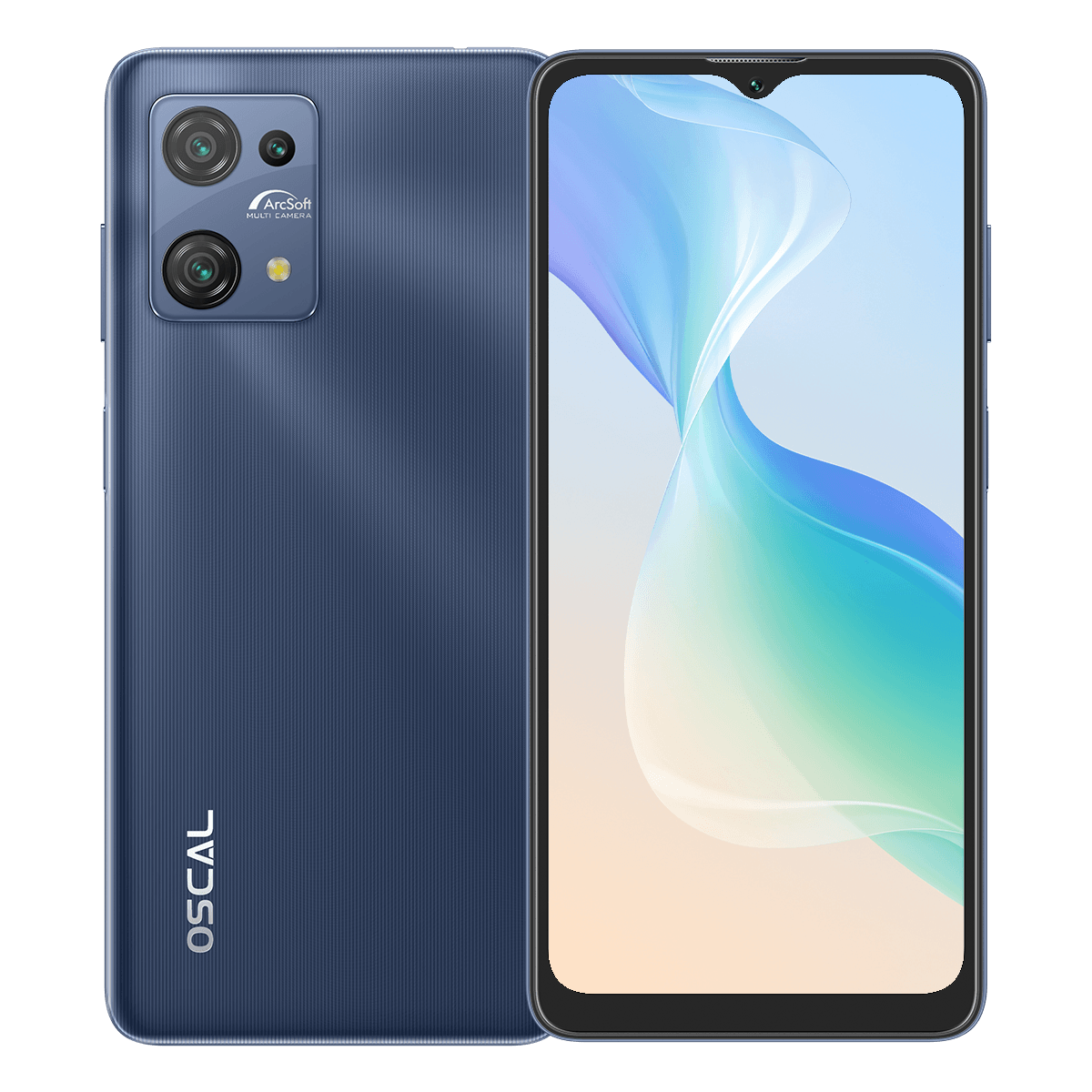

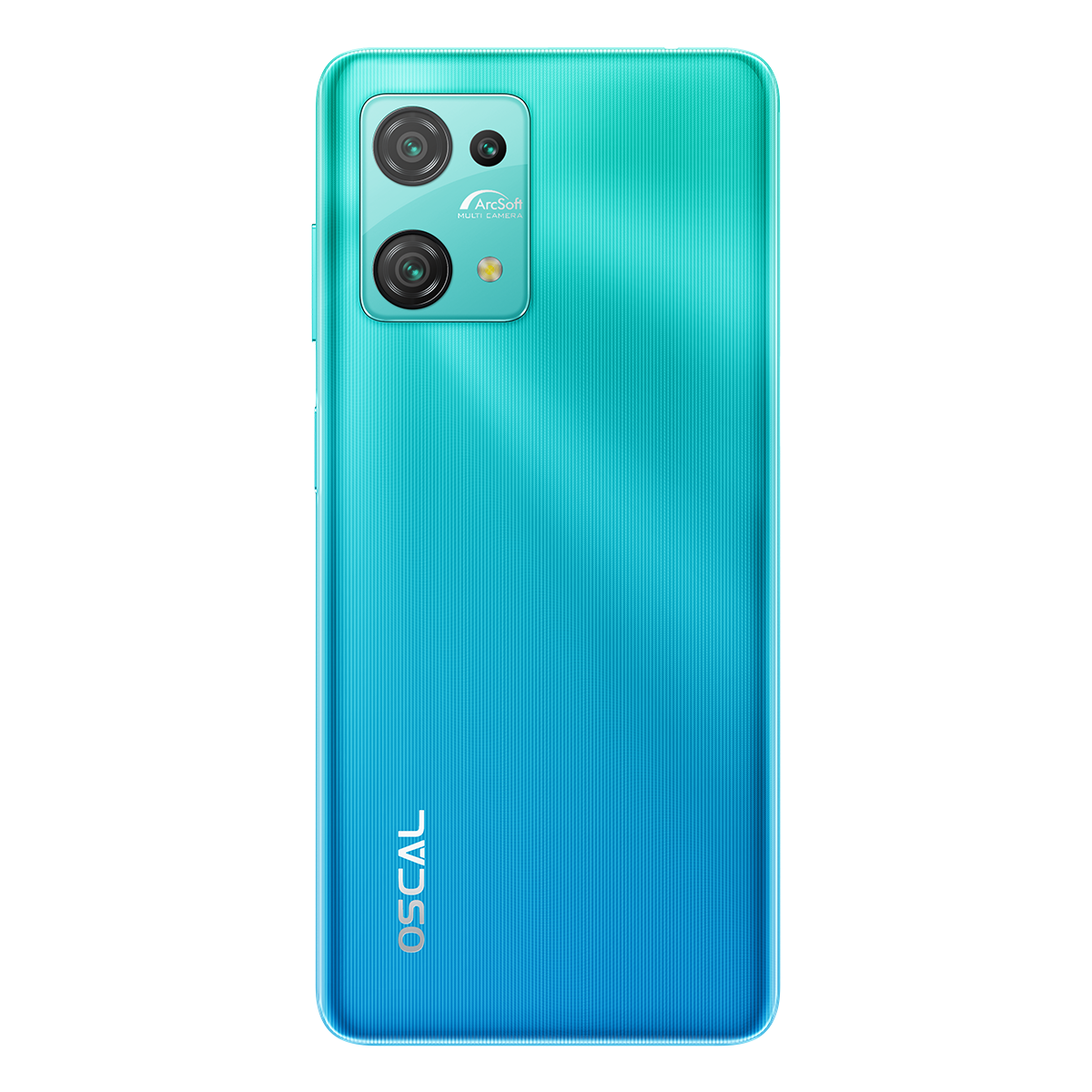




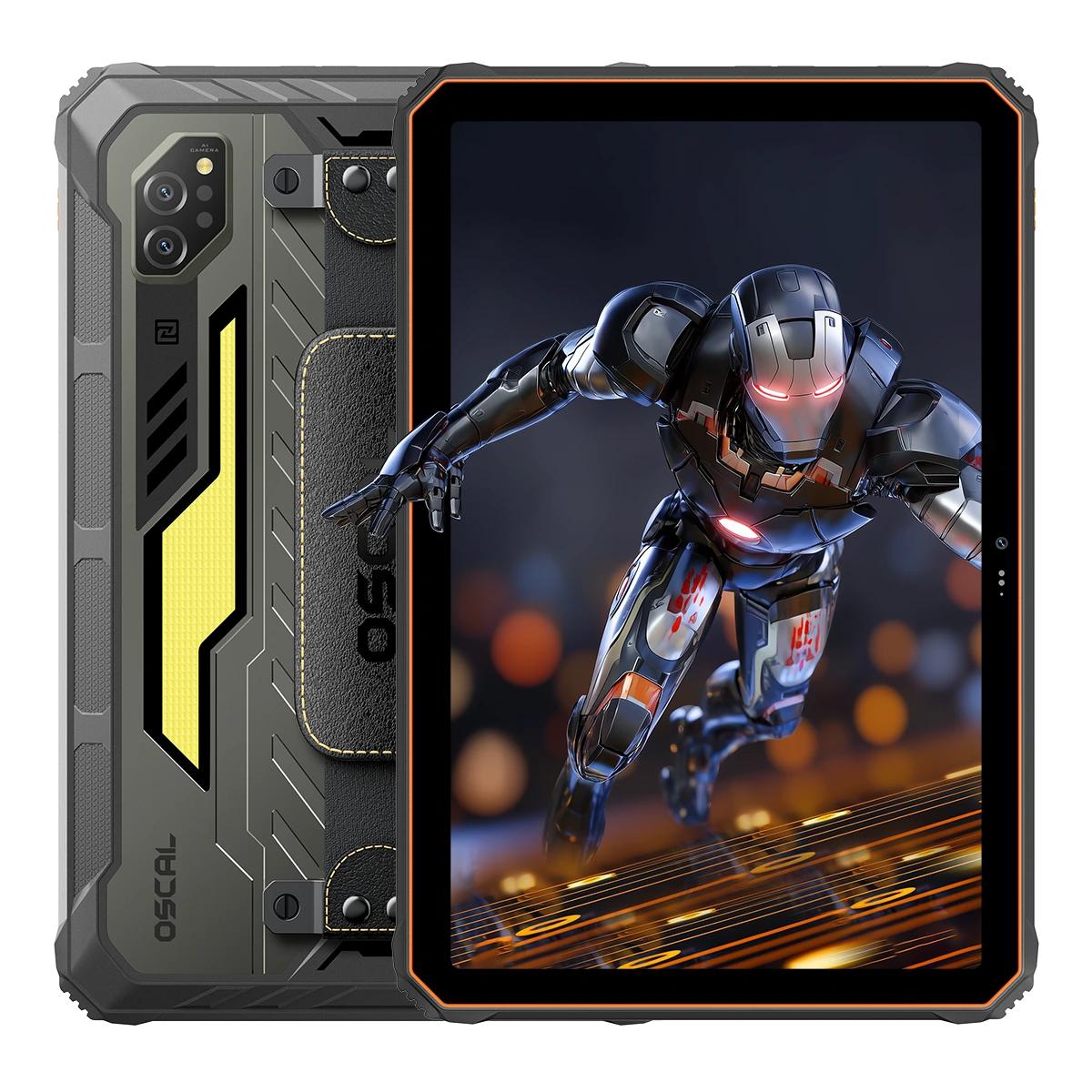


 (1)-20251204034946188.jpg)
